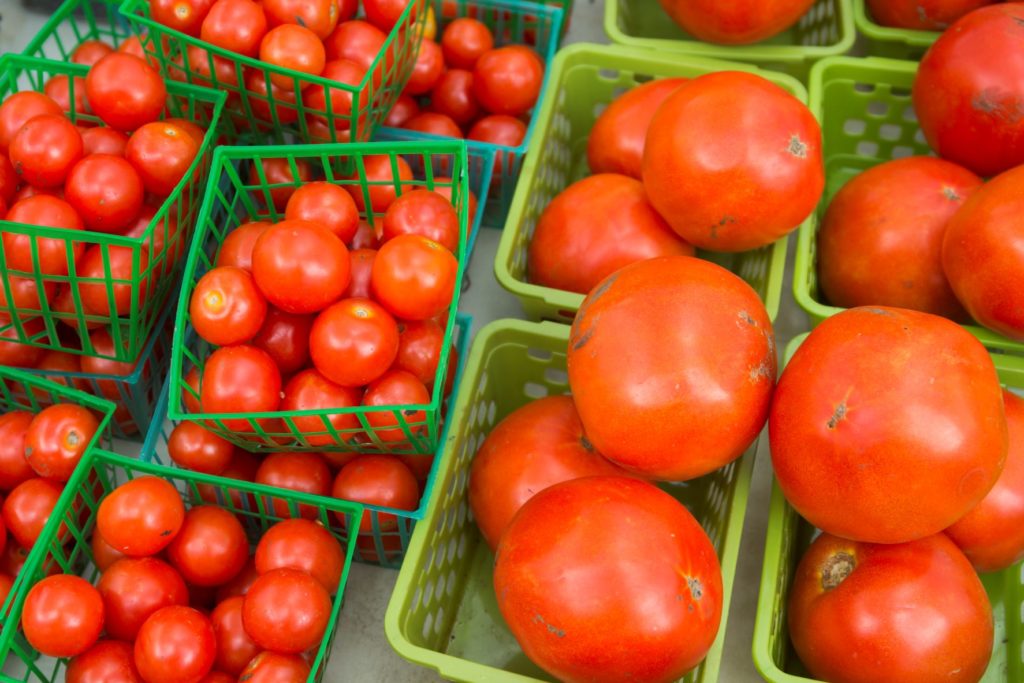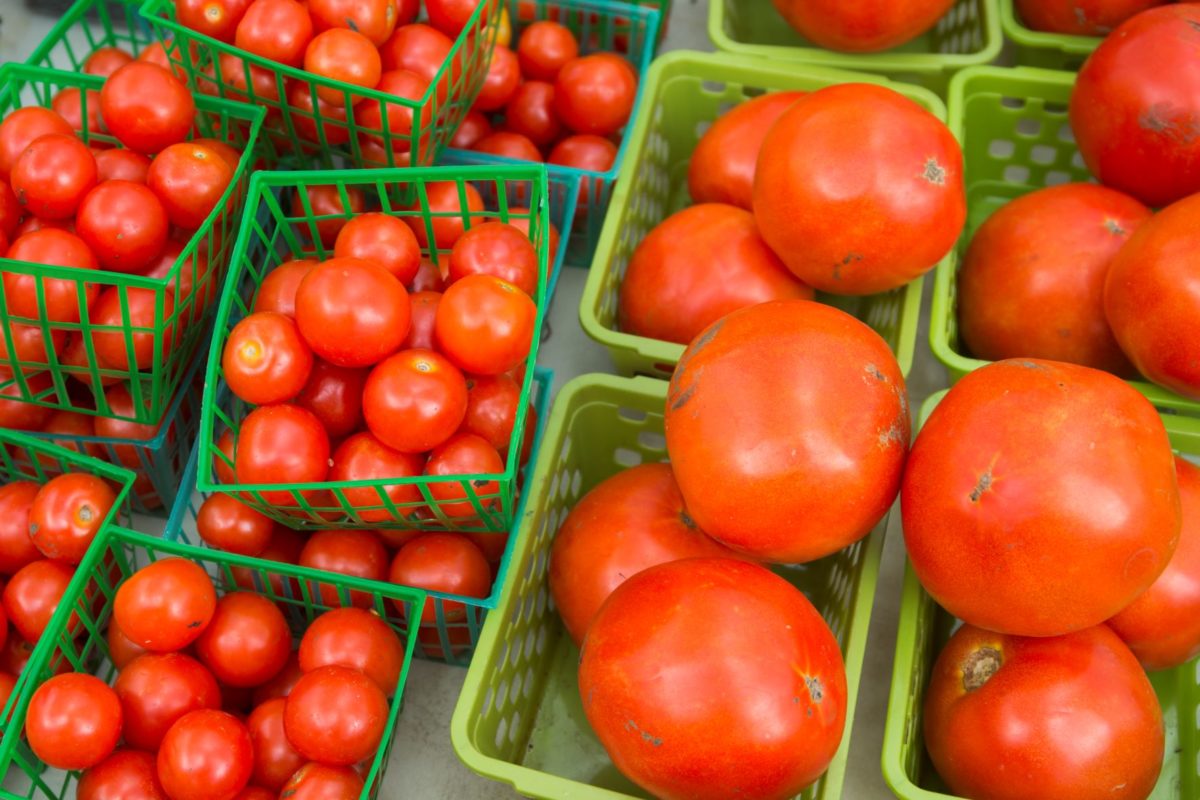University of Florida Institute of Food and Agricultural Sciences (UF/IFAS) researchers helped discover a way to enhance tomato smell and taste. Breeding efforts over the last half century have emphasized traits that are important to producers – yield, disease resistance, appearance and post-harvest shelf life among them.
While those traits are important, modern commercial varieties tend to fall short of the flavor potential shown in older varieties. Consumers are looking for varieties that deliver the flavor of older varieties, hence the popularity of heirloom tomatoes.

Photo courtesy of UF/IFAS
In a study published in 2012, consumers who taste-tested several tomato varieties preferred those with high levels of nitrogenous volatiles.
For years, consumers have lamented what they deem as the bland taste of tomatoes. Any flavor you savor when you bite into the fruit comes from a combination of many aroma compounds. Some of those compounds contain nitrogen, and they add fruity, floral and tomato vine profiles to the flavor mix. Working with an international team of scientists, two UF/IFAS researchers helped find a route to several important nitrogen-containing tomato flavor compounds.
In a newly published study, scientists showed that five of the compounds are part of a biochemical pathway for synthesis of these important flavor compounds.
Using a closely related fruit, Solanum pennellii, scientists found a site on a chromosome essential to producing detectable nitrogenous volatiles in tomatoes, said Denise Tieman, a UF/IFAS research assistant professor of horticultural sciences.
That data led scientists to identify a step in the pathway to nitrogen-containing flavor compounds.
“Now that we know how these compounds are made in tomatoes, we can identify varieties that have the heirloom version of the enzyme and high levels of these flavor compounds, and we can breed this trait into modern tomatoes to improve flavor,” Tieman said.
Tomatoes produce many aroma volatiles, including nitrogen-containing volatiles that are relatively rare in other fruits. Since these volatiles are active at low concentrations, increasing their levels does not impact yield or fruit size.
The new research, published recently in the Proceedings of the National Academy of Sciences, was led by Harry Klee, a UF/IFAS professor emeritus of horticultural sciences, and Charles Goulet, a professor of plant science at Université Laval in Quebec City, Canada.
Source: UF/IFAS











